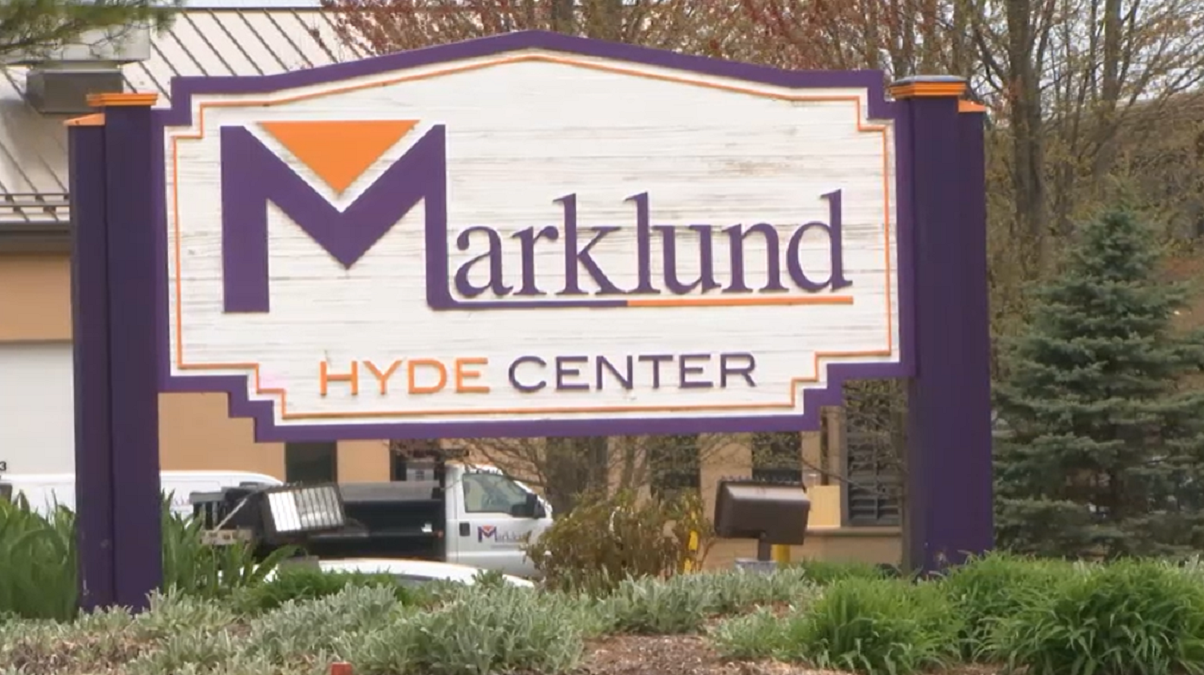A popular over-the-counter medication is coming under intense scrutiny, after some parents claim their children experienced neuropsychiatric problems while taking the drug.
MiraLAX is recommended for adults and children ages 17 and over and for use no more than seven days. However, many pediatricians prescribe the laxative off-label to children who experience chronic constipation.
Of concern for many parents is the active ingredient in MiraLAX and similar generic laxatives called polyethylene glycol 3350, or PEG 3350, and its possible adverse effects in children.
Beth Novak from Naperville said her daughter Sadie took MiraLAX daily for four years.
“I said I had concerns about it and (her pediatric gastroenterologist) said it was very safe,” Novak said.
Sadie was 2 years old when she first started taking the laxative, after struggling with chronic constipation for a year. Novak said the medication worked but she started noticing behavioral problems, including uncontrollable anxiety, inexplicable rage and restlessness.
“The behaviors were so extreme that you couldn’t really explain what was going on,” Novak said. “You think it’s the ‘terrible twos’ and then you think it’s an extended ‘terrible twos’ and then you think it’s something else. But this lasted until she was six, when we took her off (MiraLAX).”
Local
Novak said she heard and read complaints from other parents who observed neuropsychiatric issues in their children who took MiraLAX long-term and noticed the same symptoms in Sadie.
“I knew this was happening to her,” Novak said. “It was an answer that you were looking for the whole time.”
A private Facebook group called Parents Against Miralax (PEG 3350) has more than 16,000 members.
“We are a group of parents and family members who are very suspicious of PEG 3350 and are here to discuss its effects on our children,” the Facebook group description states. “We discuss alternative options and ways to talk to doctors about our opposition to this very dangerous drug.”
But doctors aren’t convinced PEG 3550 is linked to behavioral problems in children.
Dr. Mark Fishbein, a pediatric gastroenterologist at Lurie Children’s Hospital, said MiraLAX is often “a first line treatment” he recommends because it is safe, easy for kids to take and offered over-the-counter.
“Millions of individuals have taken MiraLAX since it went over-the-counter and they really only have a handful of claims,” Dr. Fishbein said. “I would caution (families) regarding giving a cause and effect to the medication because we don’t know all the factors involved. I don’t necessarily know what the child’s underlying issues might be that might make them more predisposed to having a neuropsychiatric problem that develops.”
A group petitioned the Food and Drug Administration in 2012 to make changes to labeling PEG 3350 and to investigate possible side effects in children.
In its 2014 response, the FDA awarded a grant to the Children’s Hospital of Philadelphia to study the potential exposure of the pediatric population to smaller molecules that may be found in PEG 3350 and possible adverse side effects. That study is still ongoing, according to a CHOP official.
The FDA in 2014 reported 167 adverse side effects in children who had taken MiraLAX. Thirty-seven included neurological or psychiatric reactions.
However, the agency decided against altering labeling.
“These reviews have indicated that the approved labeling for PEG 3350 products accurately conveys their risks, and additional warnings regarding neuropsychiatric issues in children are not warranted at this time,” said an FDA spokesperson.
Bayer, the manufacturer of MiraLAX, said the drug is not labeled for use in the pediatric population but continued saying, “there have been many clinical studies conducted with PEG 3350 in pediatric populations which have demonstrated safety for short and long term use in children with a history of chronic constipation.”
Novak said she wants physicians and parents to know about the potential of negative side effects in laxative use. She said she noticed almost an immediate change in Sadie once she stopped taking MiraLAX.
“She’s delightful. She’s not difficult. She’s a good child. We don’t have behavioral problems,” said Novak. “Parents need to know that it’s a possibility. Constipation is so scary when it’s your child and so the last thing you need to be doing is causing more damage.”



